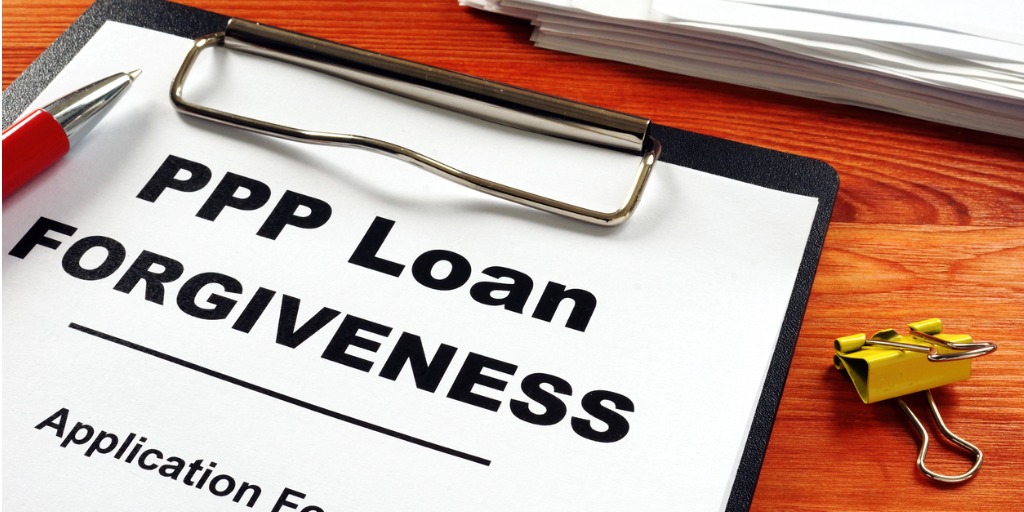
PPP Loan Forgiveness Has Begun. What it Means to Your Small Business?
On August 12, 2020, the Small Business Association (SBA) opened the forgiveness portal for its Paycheck Protection Program loans, allowing PPP loan recipients to apply to have their debt forgiven. But many banks, along with other lenders who issued these loans, are telling their borrowers to hold off on their applications for now.
Why?
The PPP Program in general has been a bit fluid since its inception in April and the rules surrounding loan forgiveness have shifted a few times. Originally, businesses needed to spend 75% of their loan on payroll in order to qualify for forgiveness. That number later dropped to 60%. In addition, small businesses have been given more time to spend their funds (from eight to 24 weeks). And recently, employer payments toward vision and dental benefits are considered payroll costs that are eligible for forgiveness.
But perhaps the key reason to delay applying for loan forgiveness for now is that Congress may cut a lot of the paperwork out for you, perhaps eliminating it entirely. For example, loans of $150,000 may have a very short-form process, or even be converted to grants. (This would be with the understanding that the borrower attest that the company used at least 60% of the money for payroll expenses). If that legislation goes through, businesses with loans under $150,000 may not need to go through the process of applying for forgiveness at all.
One Senate bill proposes that loans between $150,000-$2 million would no longer require submissions of payroll documents and itemized lists of how the money was spent. All a business needs to do is certify that the records exist.
There are other reasons to hold off on the forgiveness application. It’s still unclear if expenses covered by forgivable loans will be deductible on their tax returns. And — oh yeah — some banks and lenders are still in the process of developing their online portals to accept applications.
With all the uncertainty, it’s no wonder why the SBA recently issued a frequently asked questions for borrower and lenders (yep…the lenders have questions, too).
If no changes come from Capitol Hill, borrowers will use one of three applications:
- SBA Form 3508, which is five pages and may be found here
- SBA Form 3508EZ, which is three pages and may be found here
- An application provided from your lender
When the time comes to submit forgiveness applications, make sure they are sent to your lender, and not the SBA. From there, lenders will decide how much is forgivable and then will inform the SBA within 60 days. The SBA then has 90 days to review the application and either adopt or reject the lender’s decision.
While it seems like a lot is still up in the air (because it is), one thing is certain: as a borrower, you aren’t facing a tight deadline and you won’t be nailed by high interest rates if there are delays with your forgiveness application. The loan portion that’s not forgiven carries only a 1% interest rate and can be repaid over five-years term. (That’s for loans issued after June 5. Loans issued before June 5 need to be repaid within two years.)
To simplify the forgiveness process, Accu Data has created a PPP report for our clients as part of our website’s COVID-19 Resource Center. To access it, simply log in to your online account. And of course, we highly recommend that you reach out to your accountant, legal or financial adviser to answer any questions you have.
Not a client yet? At Accu Data, we are committed to help our clients navigate the complicated waters of the PPP Program and all of you payroll and human capital management needs. Contact us today to see how our unified, single-source HCM solution can help you increase organizational productivity and profitability, with comprehensive functionality for Payroll, Human Resources, Time & Attendance, Benefits Administration, Learning Management System, ACA Compliance and more.
